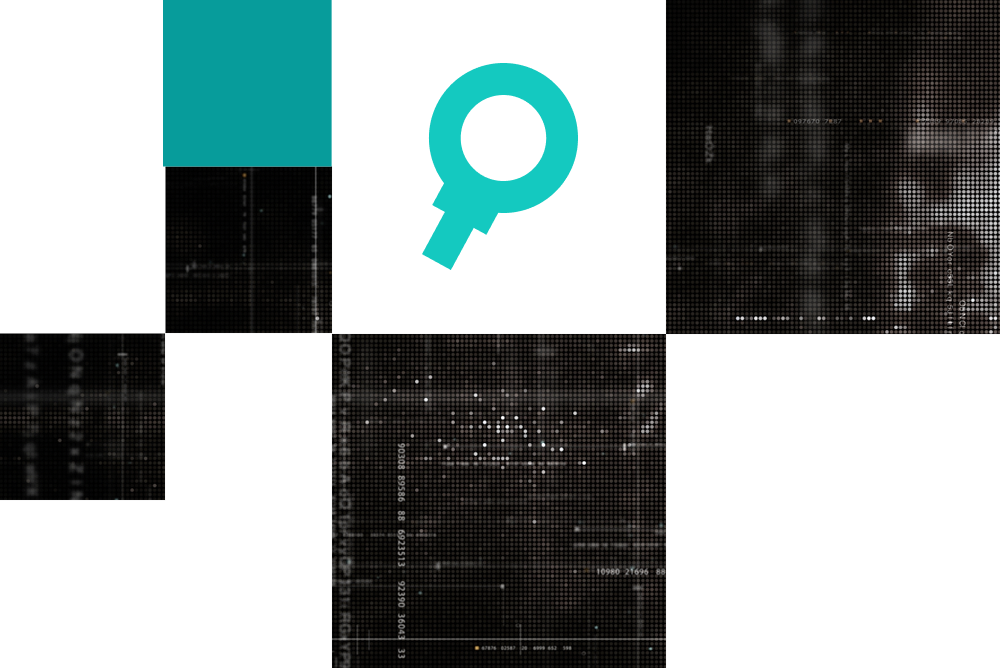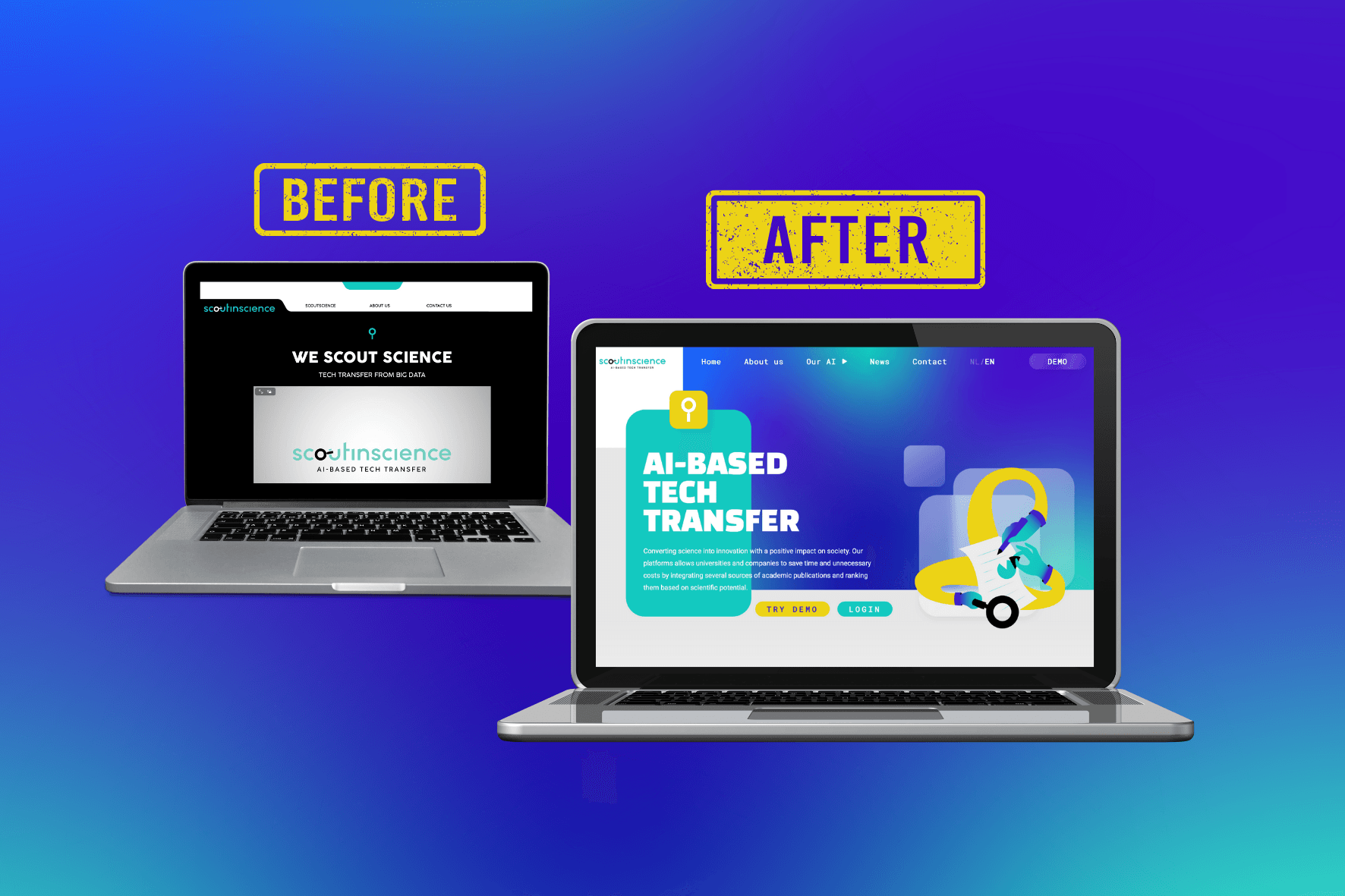Introduction
In the world of technology, defining the scope of research and development is crucial for aligning stakeholders, securing investments, and fostering innovation. However, achieving a shared understanding of terms such as " optical systems " or "innovation" can be surprisingly complex. At ScoutinScience, we frequently encounter this challenge when working on projects with governmental institutions & national growth programs, where clarity is essential for policy decisions, funding allocations, and analysis.
This article presents a practical framework for defining technological topics in a way that meets diverse needs: from public-private partnerships to government agencies. Rather than providing static definitions, our goal is to spark discussion and offer a flexible methodology for approaching these definitions based on project and organizational needs.
The Importance of Common Definitions
When interpreting technological advancements, using a common language is essential. Imagine a scenario where a group of experts discusses "optical systems" Are they all envisioning the same scope? Perhaps some think of fiber optics, others of integrated photonics, and still others of laser systems. Misaligned definitions lead to confusion, delays, and inefficiencies- particularly in large-scale projects involving multiple stakeholders.
National Approach
When working with governmental institutions, aligning with national strategies is often a critical step. For example, the Dutch National Strategy outlines how definitions of technological domains like Optical Systems influence broader discussions around national innovation priorities. These strategies provide a blueprint for defining and categorizing technologies, emphasizing the importance of standardization across organizations.
A notable example is the "Optical Systems and Integrated Photonics" domain. The Netherlands has prioritized this domain within its National Technology Strategy due to its critical role in the country’s innovation agenda. By defining it as a key area, the Netherlands aims to leverage its strong position in photonics research and industrial capacity. This clarity facilitates targeted investments, partnerships, and policy-making, aligning the efforts of academia, industry, and government to address societal challenges and maintain technological leadership.
 Source: Ministry of Economic Affairs and Climate Policy, 2024
Source: Ministry of Economic Affairs and Climate Policy, 2024
However, regional approaches are not uniform. For instance, strategies in other countries may prioritize different aspects of the same technology, such as emphasizing energy efficiency or cost-effectiveness. This variability highlights the need to adapt definitions to specific regional or national priorities while maintaining a core framework that allows for broader applicability.
ASJC Approach - Journal Classification
Not all projects are bound to clear government definitions, and for such cases, alternative approaches can be effective. The All Science Journal Classification (ASJC) system is one such method. Widely used in Scopus, ASJC classifies journals and conference proceedings under four broad subject areas—life sciences, physical sciences, health sciences, and social sciences and humanities—further divided into minor fields.
This approach provides a granular view of research domains, enabling stakeholders to:
- Identify emerging trends in specific fields.
- Evaluate the relevance and impact of research outputs.
- Align academic and industrial priorities.
For instance, in projects related to Optical Systems and Integrated Photonics, leveraging ASJC classifications can help redefine and isolate niche areas of focus, such as plasmonic nanoparticles, laser-plasma interactions, or attosecond physics. These classifications provide a structured way to connect academic insights with applied technologies, demonstrating how the same concepts can be approached differently depending on the framework. This allows stakeholders to craft targeted strategies within specialized fields, even in the absence of formal governmental definitions.
 Figure 1 Framework Example for Technological Alignment
Figure 1 Framework Example for Technological Alignment
At ScoutinScience, we consider ASJC data particularly relevant because it is a journal classification system widely used in publications, which aligns with our focus on working with research outputs and academic publications.
The TRL Impact
Technology Readiness Levels (TRLs) offer a structured way to evaluate the maturity of a technology. Here’s a breakdown:
- TRL 1: Basic principles observed and reported. This stage represents foundational research.
- TRL 2-5: Early-stage development, where technologies transition from theoretical to experimental. These stages are critical for identifying potential applications and valorization opportunities.
- TRL 6-9: Technologies nearing commercialization, focusing on refinement, scalability, and market readiness.
TRLs between 2 and 5 are especially significant for innovation projects. These stages often involve collaboration between academia and industry to bridge gaps in technical knowledge and practical implementation.
 Source: Wind Harvest, 2021
Source: Wind Harvest, 2021
Framework for Defining Technological Relevance
Based on our project and talking with diverse industry experts, here are the key factors to consider when defining a technology’s scope and relevance: Purpose-Driven Definitions
- Industrial Motivation: If the primary goal is commercialization, definitions must focus on market applicability and readiness levels.
- Academic Motivation: When pursuing pure innovation, definitions can afford to remain fluid, focusing on potential rather than immediate application.
Application vs. Innovation
- Application: Technology X is used to develop or enhance Technology Y. For example, advanced imaging algorithms applied in medical devices.
- Innovation: A breakthrough that fundamentally changes how Technology Y operates or creates a completely new technology.
- It could be significant to investigate the way some technology is advanced. Whether that is by applying it to something new (a new environment/context) or purely innovating its capabilities. There is a fine line between the two, where it is not clear where exactly application to a different environment does not itself consist of innovation in the field. For instance, when there is more work required to apply some technology X to a different context (using MRI to scan different body-parts vs using principles of MRI to develop fMRI), that would be considered an innovation in and of itself. Therefore, something that could be useful as an additional metric would be technological complexity, implying the amount of work necessary and/or the number of additional technologies needed to procure such advancements.
Technology Readiness Levels (TRL) vs. Societal Readiness Levels (SRL)
- TRL focuses on technical maturity, while SRL assesses societal impact.
- For instance, a TRL 4 technology might have a low SRL if its societal benefits are unclear or untested. Combining these perspectives ensures a comprehensive evaluation.
Flexibility vs. Formality
- Broad, relevance-based definitions are suitable for exploratory projects and early-stage research.
- Formal definitions are crucial for policymaking, funding applications, and high-stakes investments.
Lessons from Government and Industry Collaboration
Following discussions with experts, we’ve identified key insights:
- Stakeholder Perspectives: Public-private partnerships often value broad definitions to encourage inclusivity, while ministries prefer strict categorizations for accountability and metrics.
- Linking TRL and SRL: Aligning technical maturity with societal readiness provides a nuanced understanding of a technology’s impact.
- Mission-Driven Focus: Incorporating societal and economic impacts helps bridge academic research and industrial applications.
Practical Steps for Organizations
To define technological topics effectively, organizations can adopt the following methodology:
- Engage Stakeholders Early: Ensure all parties contribute to defining terms and setting the scope.
- Use Established Frameworks: Adopt existing categorizations, such as the TRL system, and adapt them to your context.
- Balance Flexibility and Rigor: Allow for iterative refinement of definitions while adhering to necessary formalities.
- Incorporate Metrics: Define metrics for assessing relevance, such as potential market size, societal impact, and technological maturity.
Conclusion
Defining technological topics is as much an art as it is a science. It requires balancing diverse stakeholder perspectives, adapting to project goals, and remaining flexible to accommodate evolving priorities. By using a structured framework, organizations can reduce ambiguity, foster collaboration, and drive meaningful progress—whether pursuing academic innovation or industrial application.
At the beginning of each project, we take the time to clarify the scope, define key terms, and align with our clients' exact needs. This step is essential in ensuring that all stakeholders are on the same page, paving the way for successful outcomes.
Interested in collaborating or learning more? Contact us or follow us on LinkedIn and www.scoutinscience.com for updates.



